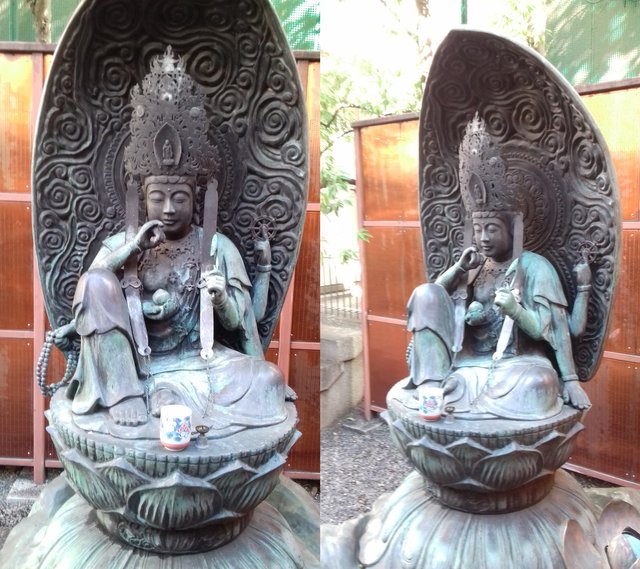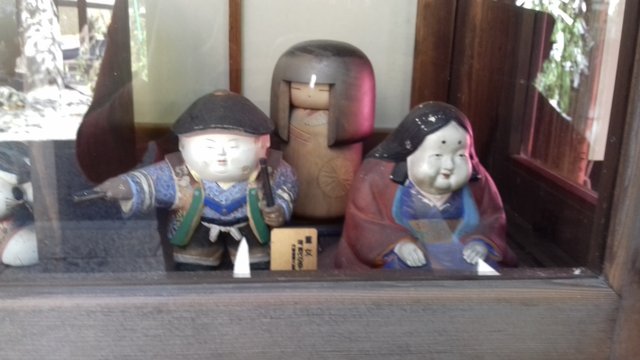Read this post on TravelFeed.io for the best experience
The Rokkakudo Temple in Kyoto was founded by the Japanese Prince Shōtoku. Its name comes from the hexagonal shape of the building. Apparently, Prince Shōtoku bathed in the pond that was in this place and during these baths he wanted to create a temple here.


I came here by accident. I was walking around Kyoto and at one point I saw this temple on my left. It interested me so much that I decided to see her up close.


As you can see there were Ema Buddhist prayer tablets - round, with a white bird, a dove on the outside. Interestingly, bad divination - these white cards left in the temple are wrapped around the branches of the local tree (you can see it in the first photo). For the first time I saw such an unusual way of getting rid of adverse fortune-telling. In other temples, divination was entwined with specially prepared, thin, wooden piles - arranged like a ladder and covered with a small roof.


I was here while the priest was praying.

These statuettes seemed very interesting to me, as if they were small children with knitted, colorful hats. It turned out that they were Jizo.
Jizō (Japanese 地 蔵) or Jizō-bosatsu (Japanese 地 蔵 菩薩) - Japanese equivalent of bodhisattva Ksitigarbha (in Chinese: Dizang). The second most popular Buddhist deity after Kannon. The Japanese worship him as the patron of newborns and unborn children, pilgrims and pregnant women. His statues are often associated with magical properties (e.g. finding lost things, fulfilling wishes). Part of his worship is wearing statues in red capes and hats, as a sign that they want to look after the deity.
Source: Wikipedia

Next to the statues there were a lot of white birds, such as those from the Ema plaques. Doves are a symbol of peace in Japan.




The local Temizuya looked interesting, i.e. a place where hands and mouth are ritually washed. Water flowed from the mouth of a large dragon.


Further there were many statues of children. One of them was wearing a colorful hat and scarf.


The statues of the children looked amazing when the rays of the sun fell on them. Most of them had a smiling face.



I liked this statue very much, it has something sweet and endearing. It looks like he is holding a bouquet of red flowers.



I also liked this statue. He probably represents some Buddhist deity, but I don't know what.

Near the exit you could see such porcelain figurines and a wooden Kokeshi doll.

View this post on TravelFeed for the best experience.
Congratulations @katiefreespirit! You received a sweet smile from TravelFeed. We love your work so keep up the good job. 😊
Feedback
We have 3 tips for you on how you can improve your post to receive more smiles for your future posts. To view the feedback, head to your TravelFeed Dashboard. Next to your post you will find a smiley, a click on it reveals the detailed feedback.
Thanks for using TravelFeed!
@worldcapture (TravelFeed team)
PS: TravelFeed is in social media to reach out more people, follow us on Facebook, Instagram, and Twitter.
Downvoting a post can decrease pending rewards and make it less visible. Common reasons:
Submit